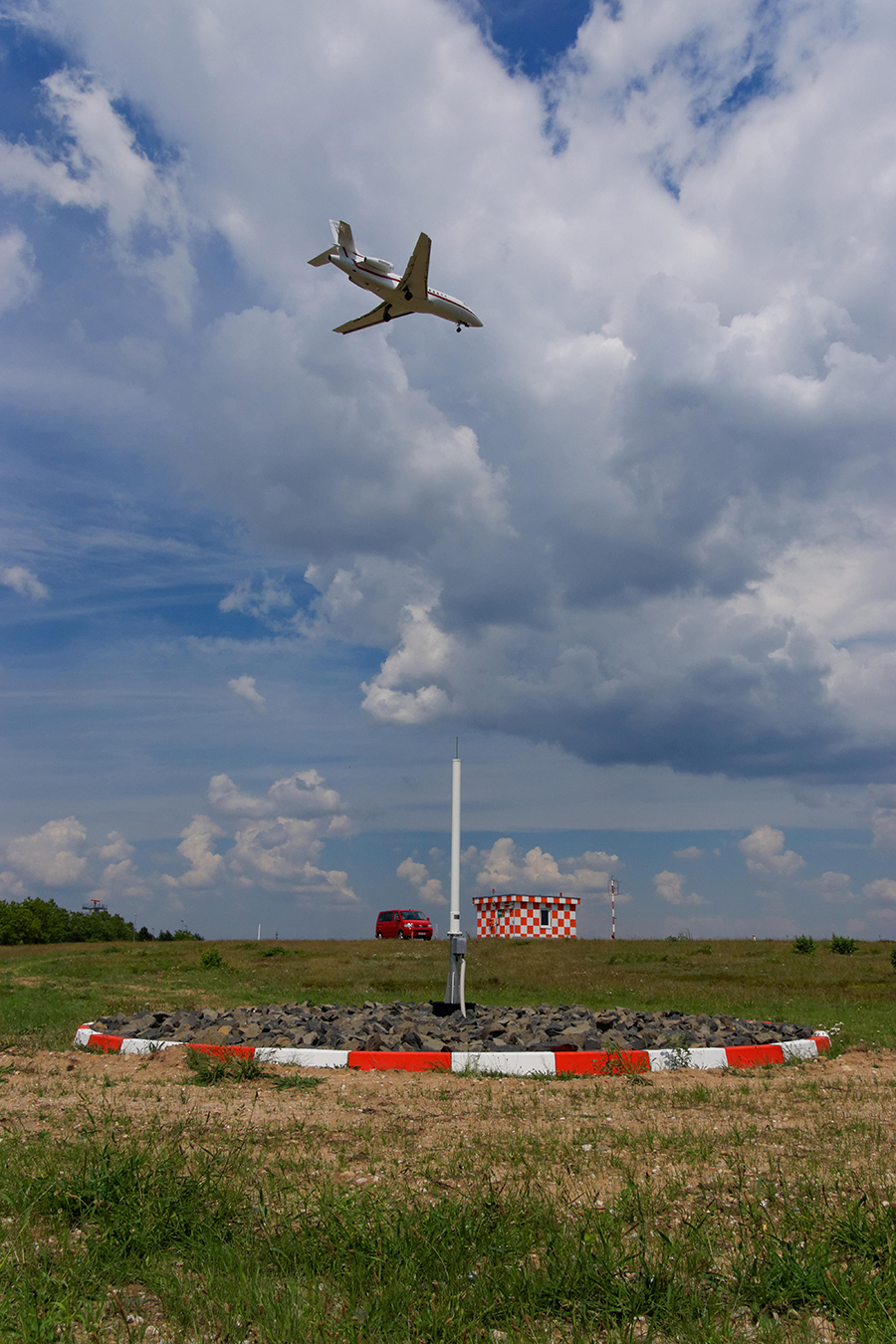SATELLITE-BASED PRECISION APPROACHES IN ALL REGIONS
This Solution was formerly part of PJ.14-03-01-W1
GBAS uses local augmented satellite signals to support precision approach operations for aircraft equipped with satellite navigation. The technology is used today in CAT I precision approaches down to 200 ft decision height. In comparison to instrument landing systems (ILS), GBAS allows more flexible procedure design with less infrastructure. Additionally, GBAS can provide resilience in low-visibility conditions, shorter routes, fuel-saving approaches, and precision approach on runways where ILS is not feasible.
SESAR 2020 aims to enhance the first generation CAT II/III GBAS (SESAR1 Solution #55 – GAST-D) to cope with adverse ionospheric conditions outside mid latitudes, thus enabling a globally deployable GAST D solution in more challenging environments including equatorial and Nordic regions. Technical problems are studied, such as multipath from obstacles and radio frequency interference at large and complex airports.
This solution addresses cost-efficient infrastructure for operation and maintenance of GBAS in complex airport environments. Among other, verifying VHF ground-air data broadcast (VDB) coverage can be challenging. In wave 1, SESAR 1 VDB measurement equipment was enhanced and a runway coverage simulation tool developed as means to verify that the VDB field coverage conforms with applicable ICAO Annex 10 Vol. I requirements. In wave 2, a horizontally polarised VDB measurement antenna to be located on the roof of a van is developed and used together with the VDB measurement equipment to technically verify ICAO Doc 8071 Vol. II ±3 dB measurement uncertainty requirement. The work is expected to advance standardisation activities with the existing working groups at European and ICAO level.
BENEFITS
(For standard GAST-D)
Increased Capacity at high-density airports in low visibility conditions by using advanced procedures, parallel independent operations, as well as shorter routes and fuel-saving approaches, providing cost-savings, less emissions and noise in the vicinity of airports
Reduced installation and maintenance costs compared to ILS
Maintained levels of safety
Greater spectrum efficiency
Support of precision approaches on runways where ILS is not feasible.
Reduced installation and maintenance costs compared to ILS
Enabling ILS rationalisation in the long term
(For GAST-D Extended Scope)
Improved resilience by limiting the capacity reduction in degraded situations in all geographical locations (including equatorial and Nordic regions)
Data pack

